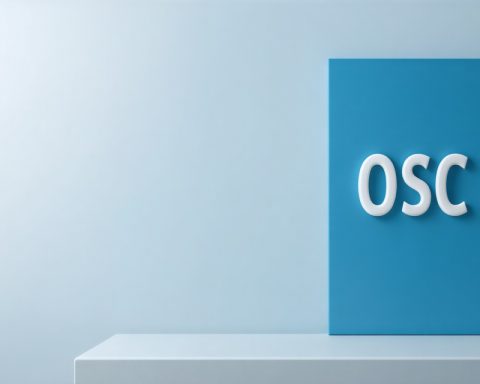Revoluciona tu Experiencia en Línea
Experimenta una nueva era de contenido en línea personalizado con la tecnología de cookies de vanguardia. Di adiós a las interacciones genéricas y saluda a experiencias a medida diseñadas solo para ti.
Mayor Interacción del Usuario
Olvídate de las herramientas de análisis tradicionales: nuestras cookies avanzadas proporcionan datos en tiempo real sobre las interacciones del usuario, lo que permite una comprensión más profunda del comportamiento del usuario. Observa cómo aumentan las tasas de interacción con recomendaciones de contenido personalizadas.
Presentamos las Notificaciones Push de Última Generación
Han quedado atrás los días de alertas genéricas. Con nuestro sistema de cookies de última tecnología, recibe notificaciones push personalizadas directamente en tu dispositivo. Mantente informado y comprometido con contenido que te hable directamente.
Diseñado Exclusivamente para Ti
Nuestras cookies están meticulosamente diseñadas para mejorar tu experiencia en línea. Ya sea navegando por un sitio web o recibiendo notificaciones, cada interacción está adaptada para satisfacer tus preferencias y necesidades.
Toma el Control de tu Experiencia
Activa nuestras cookies avanzadas hoy y descubre un mundo de contenido personalizado al alcance de tu mano. Adapta tu experiencia en línea como nunca antes y descubre un nuevo nivel de interacción con cada clic.
Acepta el futuro de la personalización en línea: activa nuestras cookies ahora para una experiencia de navegación sin igual.
Descubriendo el Poder de la Tecnología de Cookies Avanzada
Emprende un viaje hacia una personalización sin precedentes con los últimos avances en tecnología de cookies. Sumérgete en el mundo de experiencias en línea personalizadas que trascienden el contenido genérico.
La Influencia de los Datos del Usuario
Una pregunta pertinente que surge es cómo se recopilan y utilizan los datos del usuario a través de la tecnología de cookies avanzada. Las empresas aprovechan estos datos para comprender las preferencias individuales, comportamientos y patrones de interacción. Al analizar esta información en tiempo real, las recomendaciones de contenido personalizado se vuelven más precisas y efectivas.
Abordando las Preocupaciones de Privacidad
Un desafío clave asociado con la tecnología de cookies avanzada es navegar el delicado equilibrio entre la personalización y la privacidad del usuario. Si bien el contenido personalizado mejora las experiencias de usuario, las preocupaciones sobre la privacidad de datos y el posible uso indebido de información personal han generado debates. Es crucial que las empresas comuniquen de manera transparente sus políticas de recopilación y uso de datos para generar confianza con los usuarios.
El Auge de los Algoritmos Adaptables
Otro aspecto importante a considerar es cómo los algoritmos dinámicos impulsan la personalización de la entrega de contenido. Estos algoritmos se adaptan continuamente en función de las interacciones del usuario, creando una experiencia fluida y personalizada. Comprender las complejidades de estos algoritmos puede arrojar luz sobre los mecanismos detrás de las recomendaciones personalizadas.
Ventajas y Desventajas de la Tecnología de Cookies Avanzada
Una ventaja de la tecnología de cookies avanzada es la capacidad de ofrecer contenido altamente relevante a los usuarios, lo que conduce a un mayor compromiso y satisfacción. Además, permite a las empresas optimizar esfuerzos de marketing y mejorar las tasas de conversión al dirigirse efectivamente a audiencias específicas.
Sin embargo, una desventaja notable es el potencial de explotación de datos del usuario y preocupaciones sobre la seguridad de datos. El uso indebido de información personal o el acceso no autorizado a datos del usuario pueden socavar la confianza y dar lugar a repercusiones regulatorias. Encontrar un equilibrio entre la personalización y la protección de datos es esencial para el uso sostenible de la tecnología de cookies avanzada.
Explora las posibilidades de la tecnología de cookies avanzada y desbloquea un universo de experiencias en línea personalizadas adaptadas a tus preferencias. Toma el control de tu viaje digital y abraza el poder de la entrega de contenido personalizado.
Para obtener más información sobre estrategias de personalización avanzadas, visita digitaltrends.com para mantenerte informado sobre las últimas tendencias que están dando forma al panorama digital.










